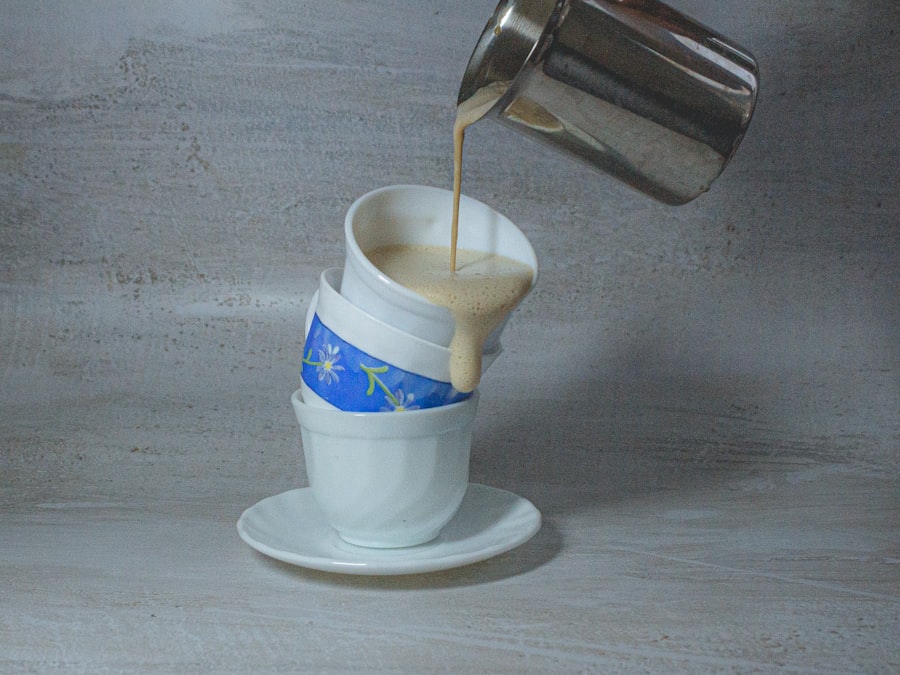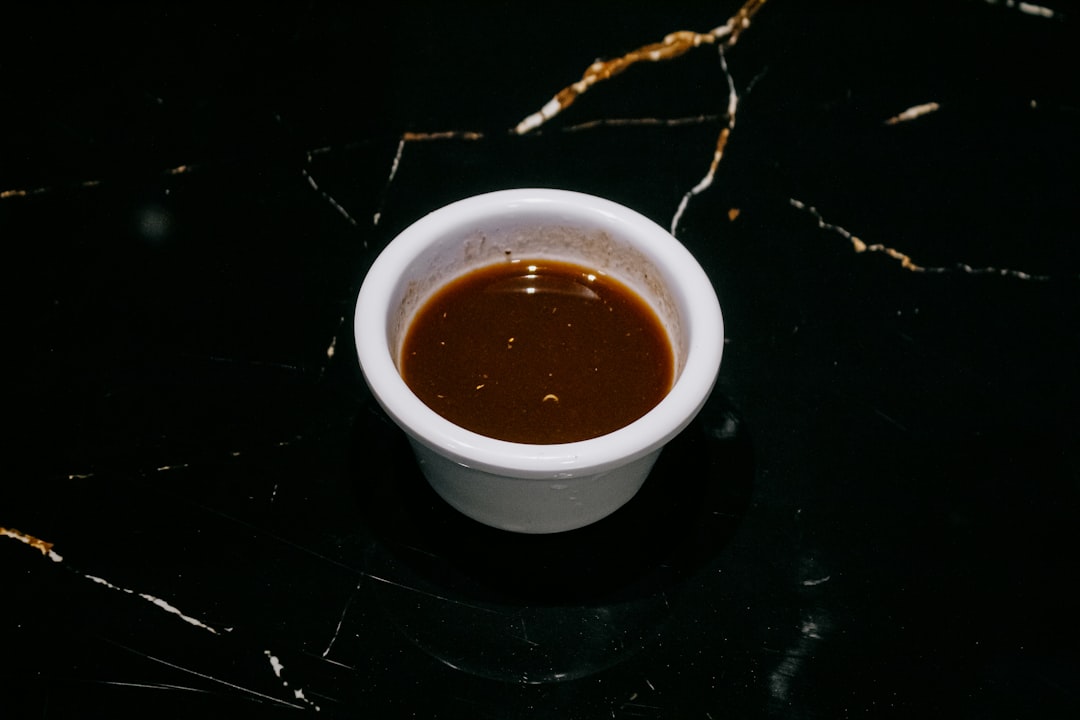Specialty coffee represents a significant evolution in the coffee industry, distinguishing itself from commercial coffee through its emphasis on quality, flavor, and sustainability. The term “specialty coffee” is often used to describe coffee that has been graded 80 points or above on a 100-point scale by certified coffee tasters, known as Q graders. This grading system evaluates various factors, including aroma, flavor, acidity, body, and aftertaste.
Specialty coffee is not merely about high scores; it embodies a commitment to sourcing beans from specific regions, often focusing on single-origin coffees that highlight the unique characteristics of their growing environments. The journey of specialty coffee begins at the farm, where meticulous attention is paid to cultivation practices. Farmers often employ sustainable methods, such as shade-grown cultivation and organic farming, to enhance the quality of their beans while preserving the environment.
The relationship between farmers and roasters is crucial in this context; many specialty coffee roasters establish direct trade relationships with growers to ensure fair compensation and to promote transparency in the supply chain. This connection not only supports the livelihoods of farmers but also allows roasters to select beans that align with their flavor profiles and ethical standards.
Key Takeaways
- Specialty coffee is a high-quality coffee that is grown in ideal climates and has unique flavors and characteristics.
- Different coffee varieties and origins can greatly impact the flavor and aroma of the coffee, offering a wide range of tasting experiences.
- Coffee roasting is an art that requires precision and expertise to bring out the best flavors and aromas from the beans.
- The processing methods used for coffee beans, such as washed, natural, or honey, can significantly influence the final flavor profile of the coffee.
- There are various brewing methods, such as pour-over, French press, and espresso, each offering a different taste and experience.
Exploring Different Coffee Varieties and Origins
The Superior Flavor of Arabica
Arabica beans are generally considered superior in flavor and complexity, accounting for about 60-70% of global coffee production. They thrive in higher altitudes and cooler climates, which contribute to their nuanced flavors.
The Resilience of Robusta
In contrast, Robusta beans are hardier and more resilient, often grown at lower altitudes and in harsher conditions. They tend to have a stronger, more bitter taste and higher caffeine content, making them popular for espresso blends.
Different regions produce beans with distinct characteristics influenced by factors such as soil composition, climate, and altitude. For instance, Ethiopian coffees are renowned for their floral and fruity notes, often exhibiting a bright acidity. In contrast, Colombian coffees are celebrated for their balanced flavor profiles with a medium body and mild acidity. Meanwhile, coffees from Brazil are typically characterized by their chocolatey and nutty flavors, making them a favorite for espresso blends. Understanding these regional differences allows coffee enthusiasts to appreciate the complexity of flavors that each origin brings to the cup.
Learning the Art of Coffee Roasting

Roasting is a transformative process that converts green coffee beans into the aromatic brown beans that we recognize as coffee. The roasting process involves applying heat to the beans, causing chemical reactions that develop their flavors and aromas. Roasting can be seen as both an art and a science; it requires a deep understanding of how different variables—such as temperature, time, and airflow—affect the final product.
Roasters often experiment with various profiles to achieve specific flavor notes, ranging from light roasts that highlight acidity and fruitiness to dark roasts that emphasize boldness and bitterness. The roasting process can be broken down into several stages: drying, browning, and development. During the drying phase, moisture is removed from the beans, which is crucial for achieving an even roast.
The browning phase marks the beginning of Maillard reactions, where sugars and amino acids react to create complex flavors and aromas. Finally, the development stage allows roasters to control how long the beans are exposed to heat after first crack—a critical moment when the beans expand and release gases. Each decision made during roasting influences the final flavor profile of the coffee, making it essential for roasters to refine their techniques through practice and experimentation.
Understanding the Impact of Processing Methods on Flavor
| Processing Method | Flavor Impact |
|---|---|
| Roasting | Enhances richness and depth of flavor |
| Grinding | Increases surface area, intensifying flavor |
| Brewing | Extracts flavors and aromas from the coffee |
| Freezing | Preserves flavors but can alter texture |
The processing method used to prepare coffee beans after harvesting significantly impacts their flavor profile. There are several primary processing methods: washed (or wet), natural (or dry), and honey (or semi-washed). Each method affects how sugars and acids develop in the beans during fermentation and drying.
In washed processing, the fruit is removed from the bean before fermentation, resulting in a cleaner taste with pronounced acidity. This method is commonly used in regions like Colombia and Costa Rica. Conversely, natural processing involves drying the whole cherry before removing the fruit from the bean.
This method often leads to a more complex flavor profile with fruity notes and a heavier body due to the sugars from the fruit being absorbed by the bean during drying. Ethiopia is famous for its natural-processed coffees that showcase vibrant berry flavors. Honey processing falls somewhere in between; it retains some of the fruit mucilage during drying, resulting in a sweeter cup with a balanced acidity.
Understanding these processing methods allows coffee enthusiasts to appreciate how they shape the final flavor experience.
Exploring Different Brewing Methods
Brewing methods play a crucial role in extracting flavors from coffee grounds, each offering unique characteristics that influence taste and aroma. Common brewing techniques include pour-over, French press, espresso, Aeropress, and cold brew. Pour-over methods like Chemex or Hario V60 allow for precise control over water flow and temperature, resulting in a clean cup that highlights delicate flavors.
The French press method immerses coffee grounds in hot water for an extended period, producing a full-bodied brew with rich oils and sediment. Espresso brewing involves forcing hot water through finely-ground coffee under high pressure, creating a concentrated shot with intense flavors and a creamy mouthfeel. The Aeropress combines elements of both immersion and pressure brewing, allowing for versatility in flavor extraction depending on brewing time and grind size.
Cold brew is another popular method that involves steeping coarsely ground coffee in cold water for an extended period—typically 12-24 hours—resulting in a smooth, low-acidity beverage that can be enjoyed over ice or diluted with milk or water.
Developing an Appreciation for Aroma and Fragrance

Aroma plays an essential role in our overall perception of coffee flavor. The olfactory senses are closely linked to taste; thus, much of what we perceive as flavor comes from our ability to smell. When evaluating coffee, it’s important to take time to inhale its aroma before tasting.
The aroma can reveal hints of fruitiness, nuttiness, floral notes, or even chocolate undertones that may not be as pronounced on the palate. Coffee aroma can be categorized into several groups: primary aromas derived from the coffee itself (such as fruity or nutty), secondary aromas resulting from roasting (like caramelization or smokiness), and tertiary aromas that develop during brewing (such as sweetness or bitterness). Engaging in cupping sessions—where multiple coffees are brewed side by side—can enhance one’s ability to identify these aromas.
By focusing on aroma first, coffee enthusiasts can deepen their understanding of how scent influences their overall tasting experience.
Understanding the Role of Acidity in Coffee Tasting
Acidity is one of the most critical components of coffee tasting; it contributes brightness and liveliness to the cup while balancing sweetness and bitterness. However, acidity in coffee does not refer to pH levels but rather to the perceived sharpness or tanginess that can evoke sensations similar to those found in fruits like apples or citrus.
Different origins produce varying levels of acidity; for instance, East African coffees are known for their pronounced acidity with fruity notes, while coffees from Brazil tend to have lower acidity levels with a smoother mouthfeel. The perception of acidity can also be influenced by roast level; lighter roasts typically retain more acidity than darker roasts due to reduced caramelization of sugars during roasting. Understanding how acidity interacts with other flavor components allows tasters to appreciate the balance within each cup.
Exploring the Importance of Body and Mouthfeel
Body refers to the weight or thickness of coffee on the palate; it can range from light and tea-like to heavy and syrupy. Mouthfeel encompasses the tactile sensations experienced while drinking coffee—whether it feels smooth, creamy, gritty, or watery. Both body and mouthfeel contribute significantly to the overall drinking experience and can influence how flavors are perceived.
For example, a full-bodied coffee may enhance chocolatey or nutty flavors due to its richness, while a lighter-bodied coffee might allow brighter fruit notes to shine through more clearly. Brewing methods also play a role in body; espresso typically has a heavier body due to its concentrated nature and emulsified oils from the coffee grounds. In contrast, pour-over methods often yield a cleaner cup with lighter body characteristics.
By paying attention to body and mouthfeel during tastings, enthusiasts can gain insights into how these elements interact with other flavor components.
Developing a Vocabulary for Describing Coffee Flavors
As one delves deeper into the world of specialty coffee, developing a vocabulary for describing flavors becomes essential for effective communication among enthusiasts and professionals alike. Flavor descriptors can range from basic terms like “sweet,” “bitter,” or “sour” to more nuanced descriptions such as “citrusy,” “floral,” “spicy,” or “earthy.” Utilizing specific terminology helps convey individual experiences accurately while fostering discussions about preferences. Many resources exist for expanding one’s flavor vocabulary; tasting wheels are popular tools that categorize flavors into broader categories such as fruits, spices, nuts, and more specific subcategories within each group.
Engaging in cupping sessions with others can also enhance one’s ability to articulate flavors as participants share their perceptions and insights about different coffees. Over time, building this vocabulary not only enriches personal tasting experiences but also facilitates deeper connections within the specialty coffee community.
Understanding the Role of Sweetness and Bitterness in Coffee Tasting
Sweetness is an essential component of coffee that balances acidity and bitterness; it enhances overall flavor complexity while contributing to a pleasant drinking experience. Natural sugars present in coffee beans develop during ripening on the tree and continue to evolve during roasting. High-quality specialty coffees often exhibit noticeable sweetness that complements their other flavor attributes.
Bitterness serves as another critical element in coffee tasting; it can provide depth but must be balanced carefully with sweetness and acidity for an enjoyable cup. Over-roasting or brewing at excessively high temperatures can lead to undesirable bitterness that overshadows other flavors. Understanding how sweetness interacts with bitterness allows tasters to appreciate the harmony within each cup while recognizing when balance is lacking.
Practicing and Refining Your Palate through Tasting Sessions
Regularly participating in tasting sessions is one of the most effective ways to refine your palate and deepen your understanding of coffee flavors. These sessions can take many forms—from informal gatherings with friends sampling different brews to structured cupping events hosted by roasters or specialty shops where participants evaluate multiple coffees side by side. During these sessions, it’s beneficial to take notes on each coffee’s aroma, flavor profile, body, acidity level, sweetness, bitterness, and overall impression.
This practice not only helps solidify your understanding of various attributes but also allows you to track your preferences over time as your palate evolves. Engaging with others during tastings fosters discussion about different perceptions while exposing you to new ideas about flavor exploration. By immersing yourself in tasting sessions regularly—whether through organized events or casual gatherings—you’ll cultivate a deeper appreciation for specialty coffee while honing your skills as a taster capable of articulating complex flavors effectively.
FAQs
What is specialty coffee tasting?
Specialty coffee tasting involves the evaluation of high-quality coffee beans and the brewed coffee they produce. It focuses on identifying and appreciating the unique flavors, aromas, and characteristics of the coffee.
How can I develop my palate for specialty coffee tasting?
To develop your palate for specialty coffee tasting, you can start by tasting a variety of specialty coffees from different regions and with different processing methods. Pay attention to the flavors, aromas, acidity, body, and aftertaste of the coffee. Practice regularly and take notes to track your progress.
What are some tips for improving my coffee tasting skills?
Some tips for improving your coffee tasting skills include smelling the coffee before tasting it, slurping the coffee to aerate it and spread it across your palate, and paying attention to the different flavor notes. Additionally, seeking out opportunities to taste and compare different coffees can help refine your palate.
Are there any resources or courses available to help me learn about specialty coffee tasting?
Yes, there are various resources and courses available to help you learn about specialty coffee tasting. These include online courses, workshops, books, and educational events offered by coffee associations and specialty coffee roasters. Additionally, many coffee shops and roasteries offer tasting events and classes.


